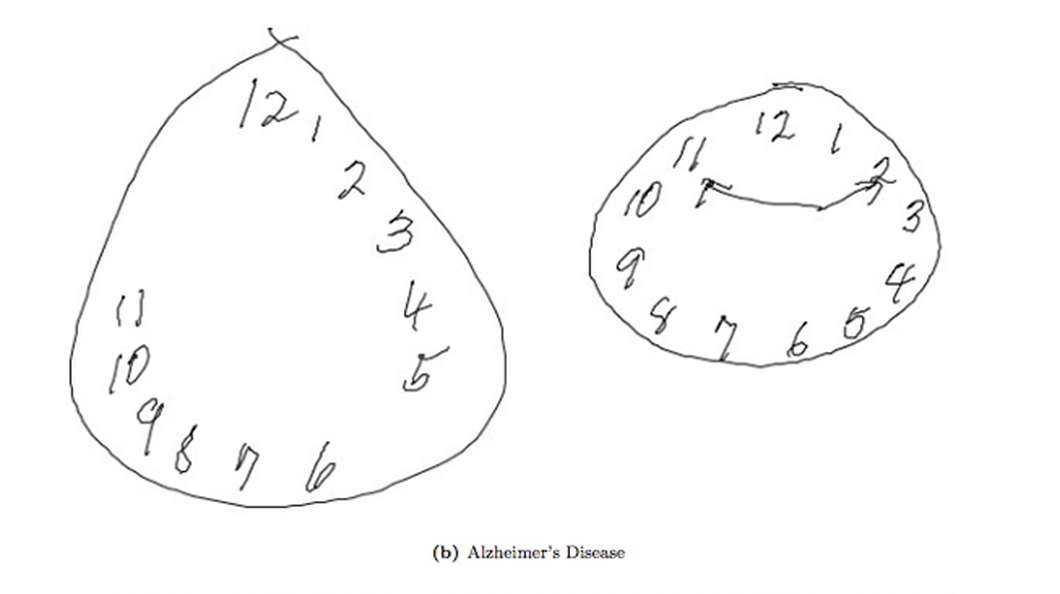
Over the course of my encounters with life and death, I’ve grown to see dementia as one the most tragic ways to go, reducing loved ones to empty husks of their former, once proud selves. And yet, for a condition that affects 47.5 million people worldwide, the our best diagnostic tools can do is detect the disease after its symptoms have already take hold; there’s way to diagnose the condition at its onset when early treatment is paramount. Researchers from MIT’s may have finally developed an objective model of early detection, and it uses as little as a digital pen and some custom software.
While style in a prototype stage, the technique is based on the Clock Drawing Test (CDT) that doctors use to diagnose Alzheimer’s and Parkinson’s by asking patients to draw a clock face depicting 10 minutes past 11, before reproducing an image of a pre-drawn clock showing the same time. The approach tests patients’ verbal understanding, memory, and spatially coded knowledge as well as constructive skills.
Hailing from the seemingly unlikely Computer Science and Artificial Intelligence Laboratory (CSAIL) at MIT, the researchers updated the CDT test by replacing the traditional ink pen with an Anto Live Pen, an electronic pen used to digitize drawings, which enabled them to detect every subtle moment of hesitations in the patient’s movement. Where previous diagnosis relied on the medical practitioner’s subjective interpretation of the final drawing, the Anto Live pen provided far more accurate data set.
With this in mind, the team worked alongside Lahey Hostpital and Medical Center to produce an analytics software specifically for the digital Clock Drawing Test. Its computational algorithm is based on the results of 2,600 CDT tests administered over the course of nine years.
“We’ve improved the analysis so that it is automated and objective,” says CSAIL principal investigator Cynthia Rudin and co-author of the research paper publishing the team’s results. “With the right equipment, you can get results wherever you want, quickly, and with higher accuracy.” The next step of the project is to design a workable GUI that will make the technology accessible and marketable.
Source: Gizmag
Advertisement
Learn more about Electronic Products Magazine





